Cultural industry (CNVH) is a potential field, not only contributing to creating economic value but also enhancing cultural status and affirming national identity.
CNVH also contributes to creating Vietnam's soft power in the international arena.
Cultural industries are understood as cultural economic sectors formed from creative talents, cultural resources, combined with technology and business skills to create high-value cultural products and services. In the era of globalization, countries around the world are constantly exploiting the power of culture as a driving force for economic growth.
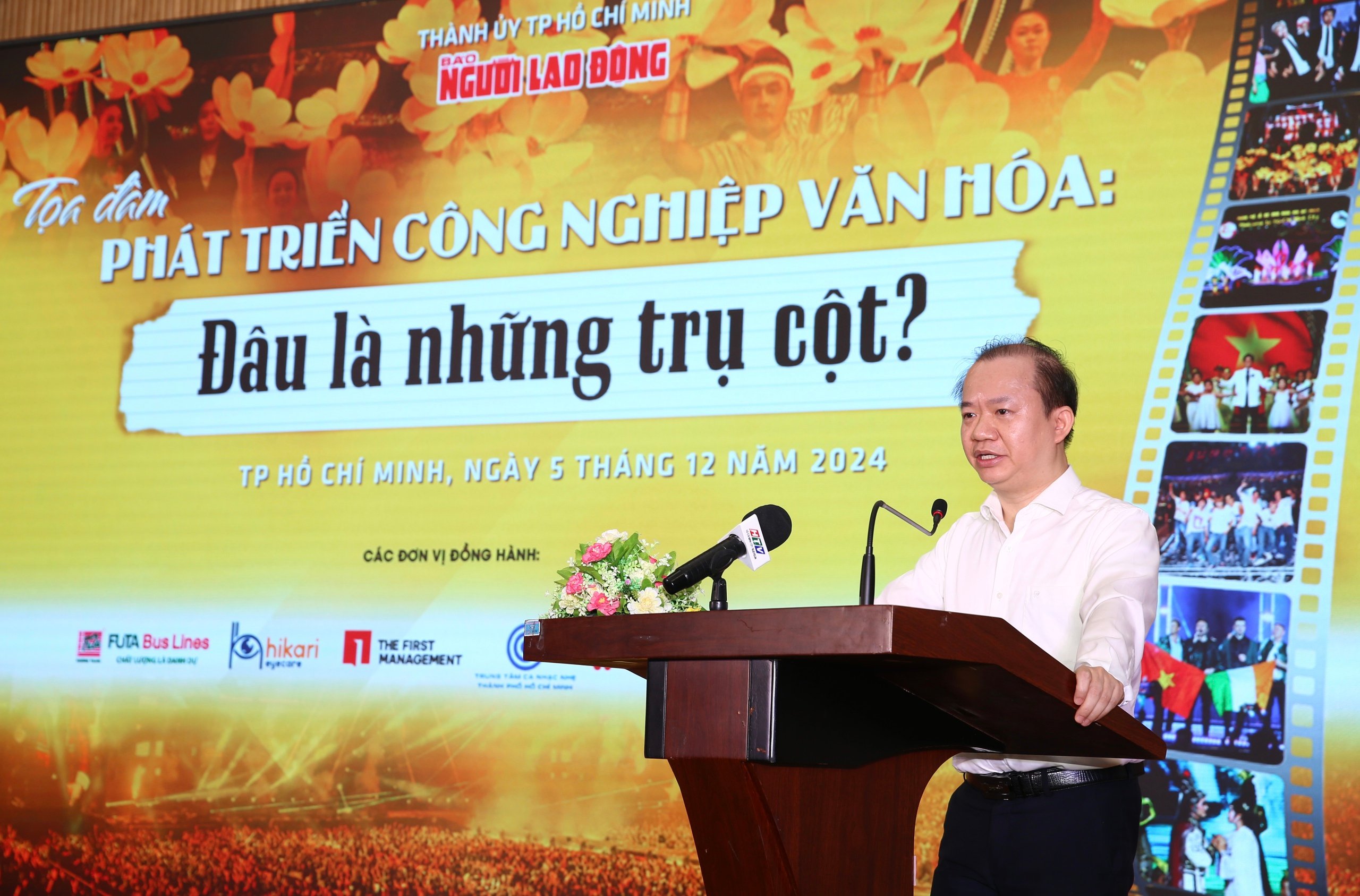
Associate Professor, Dr. BUI HOAI SON - Standing Member of the National Assembly's Committee on Culture and Education spoke at the seminar "Developing Cultural Industry: What are the pillars?" held on the morning of December 5, at the Hall of Nguoi Lao Dong Newspaper.
South Korea, with the success of the Hallyu wave, has turned music, movies and digital content into a billion-dollar industry. France has built its national image through cinema, fashion and art, attracting millions of tourists each year. These success stories are valuable lessons for us to recognize the role of cultural industry in promoting sustainable development.
Vietnam has all the conditions to develop the cultural industries. With a history of thousands of years, our country possesses a huge, diverse and rich cultural treasure, from tangible heritages such as Thang Long Imperial Citadel, Hoi An ancient town, to intangible heritages such as Bac Ninh folk songs, ca tru, and Southern amateur music... These cultural values are not only symbols of national identity but also abundant sources of raw materials for creativity and innovation in the cultural industries.
In addition, the creative talent of Vietnamese people is also a great advantage. Many young artists, filmmakers, and designers have made constant efforts to create unique and innovative products, thereby bringing the image of Vietnam to the world, contributing to affirming the value of Vietnamese culture in the global flow.
Over the years, the Vietnamese Government has laid a solid foundation for the development of the cultural industry. In 2016, Decision 1755/QD-TTg was issued, identifying 12 key areas, including: advertising, cinema, fashion, architecture, fine arts, cultural tourism and many others. This strategy has brought about many positive results, promoting interest and investment in the cultural sector.
In particular, in 2024, Directive 30/CT-TTg continues to emphasize the role of cultural industries as a strategic breakthrough, aiming to make culture a driving force for economic development and international integration.

Leg: The program "Brother overcoming thousands of obstacles" is currently attracting audiences (Photo provided by the organizers)
To achieve this ambition, we need to focus on several strategic pillars.
Firstly, Vietnam's cultural resources need to be exploited effectively and sustainably.
Second, technology is the key to bringing Vietnamese cultural industries to the forefront. Platforms like YouTube and TikTok have become important tools for distributing cultural products.
Third, state support policies play an important role in creating favorable conditions for businesses and individuals to participate in the field of culture and information technology.
It is also undeniable that the development of cultural industries in Vietnam is still facing many challenges. Awareness of the importance of this field is not really uniform among localities. Technological infrastructure, management skills and the global competitiveness of cultural products are still limited.
To overcome these challenges, we need to invest in education and training, build a professional and creative workforce, and develop technological infrastructure.
Source: https://nld.com.vn/du-dieu-kien-phat-trien-cong-nghiep-van-hoa-196241205210829932.htm


![[Photo] Prime Minister Pham Minh Chinh receives Deputy Prime Minister of the Republic of Belarus Anatoly Sivak](https://vstatic.vietnam.vn/vietnam/resource/IMAGE/2025/4/2/79cdb685820a45868602e2fa576977a0)
![[Photo] Special relics at the Vietnam Military History Museum associated with the heroic April 30th](https://vstatic.vietnam.vn/vietnam/resource/IMAGE/2025/4/3/a49d65b17b804e398de42bc2caba8368)

![[Photo] Prime Minister Pham Minh Chinh receives CEO of Standard Chartered Group](https://vstatic.vietnam.vn/vietnam/resource/IMAGE/2025/4/2/125507ba412d4ebfb091fa7ddb936b3b)
![[Photo] Comrade Khamtay Siphandone - a leader who contributed to fostering Vietnam-Laos relations](https://vstatic.vietnam.vn/vietnam/resource/IMAGE/2025/4/3/3d83ed2d26e2426fabd41862661dfff2)
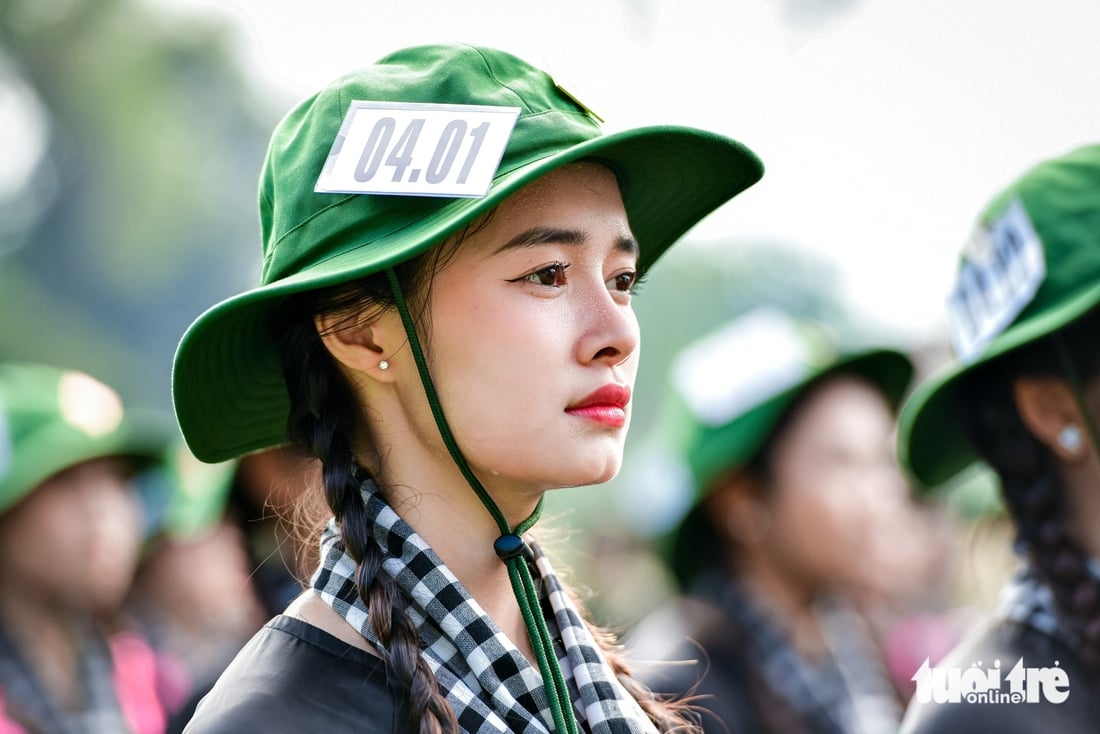
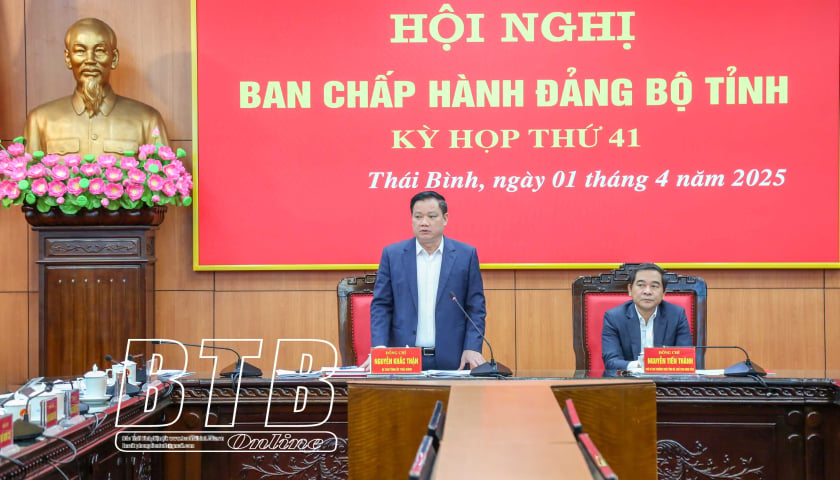

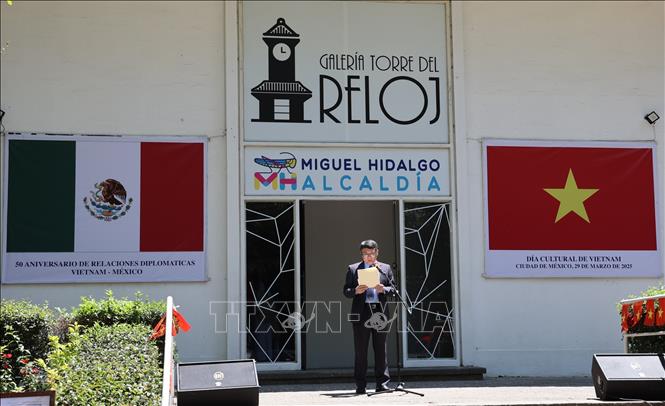



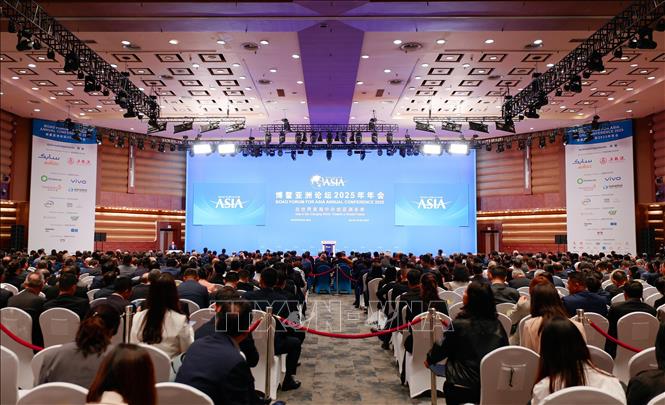






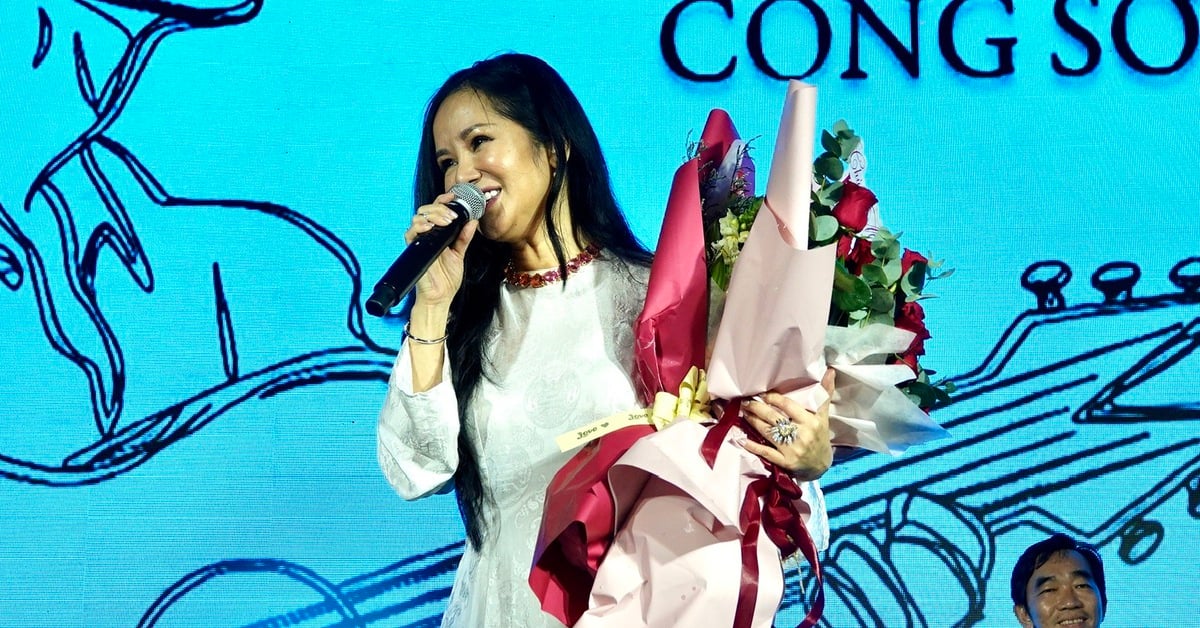






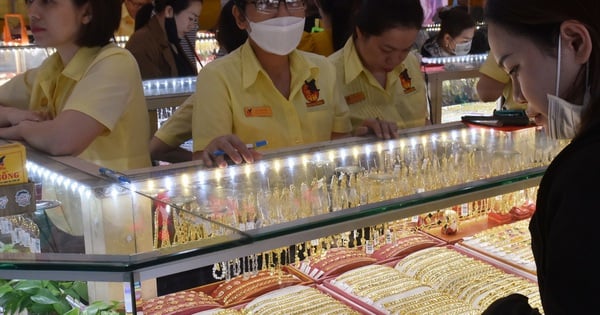



















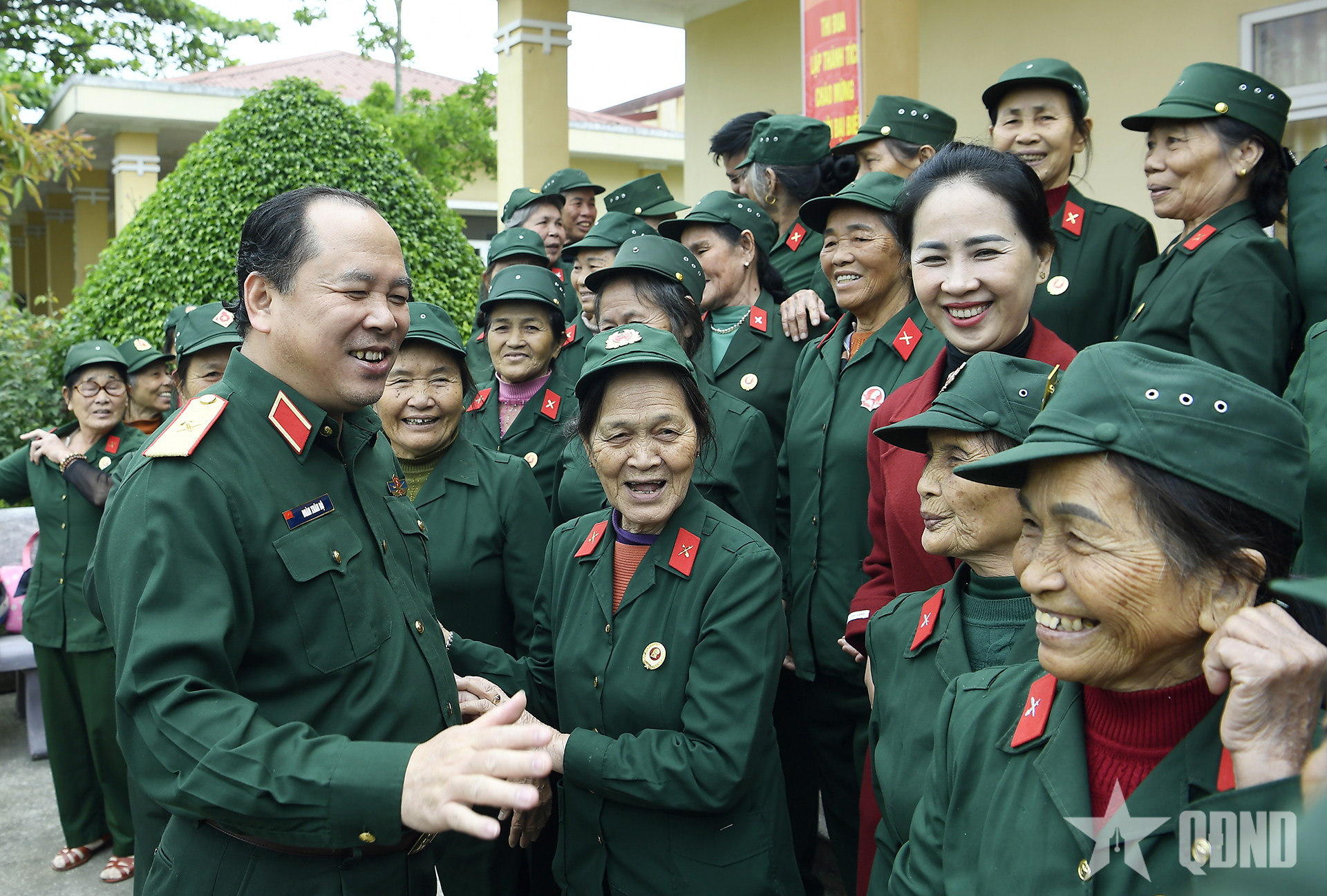















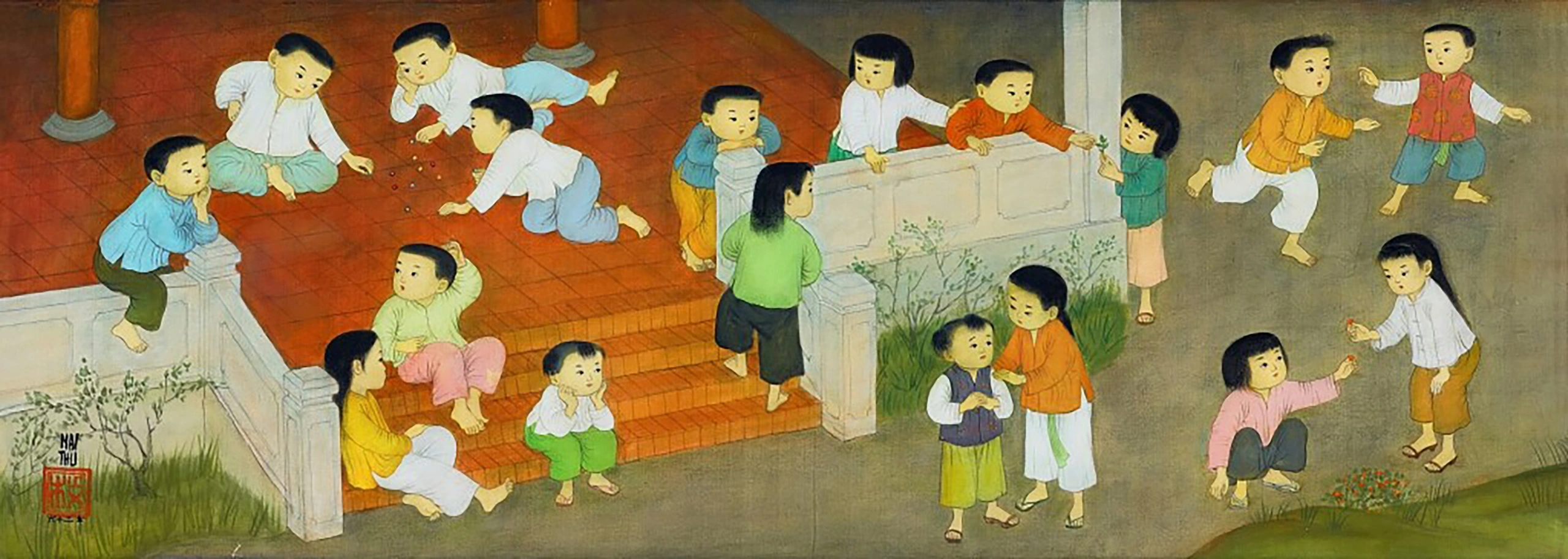

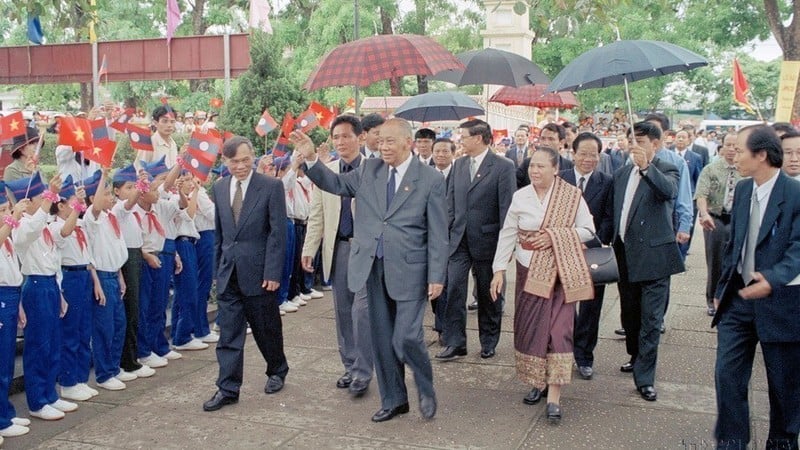




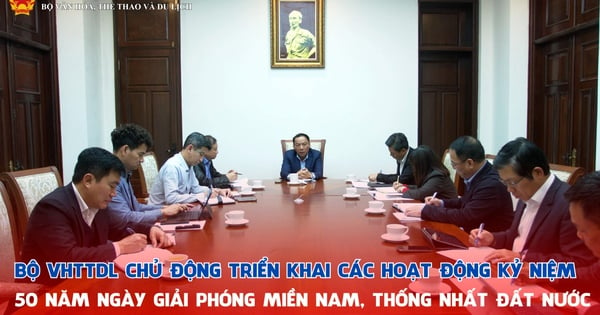


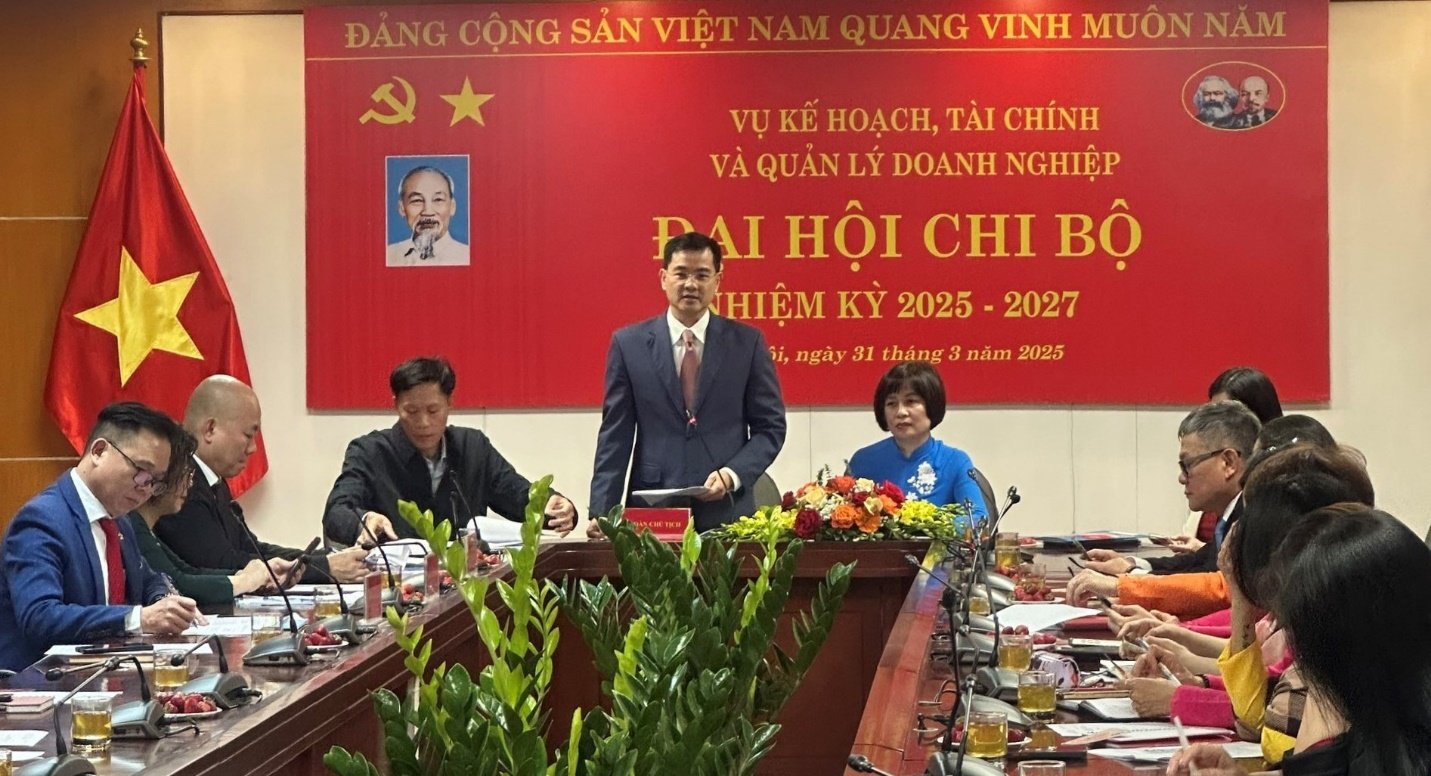




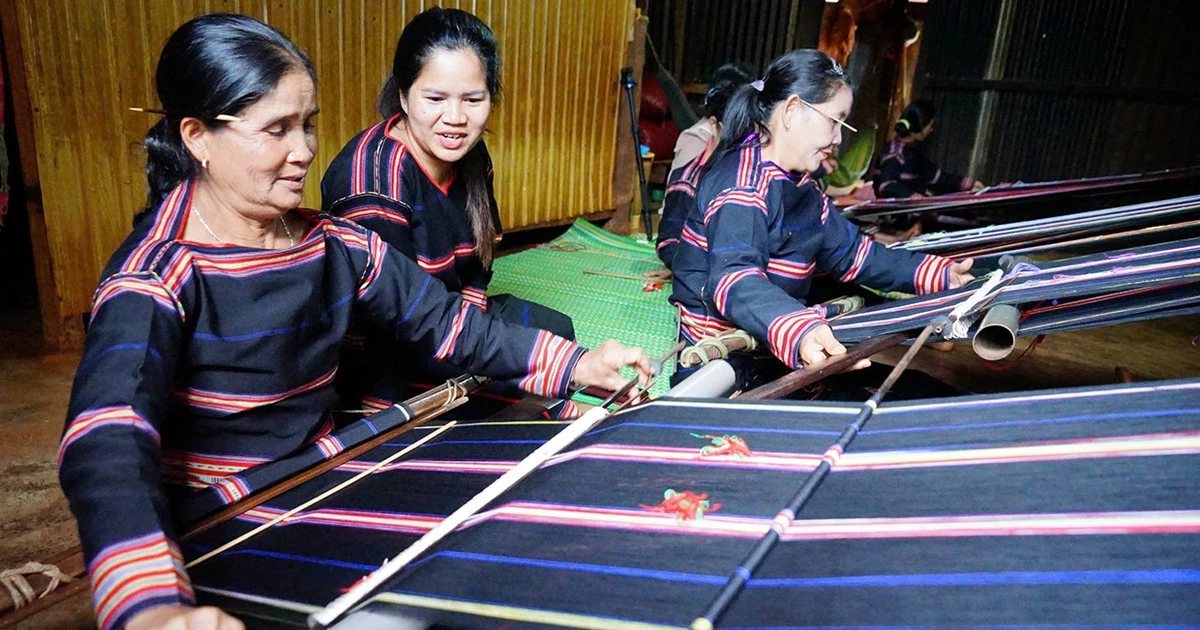

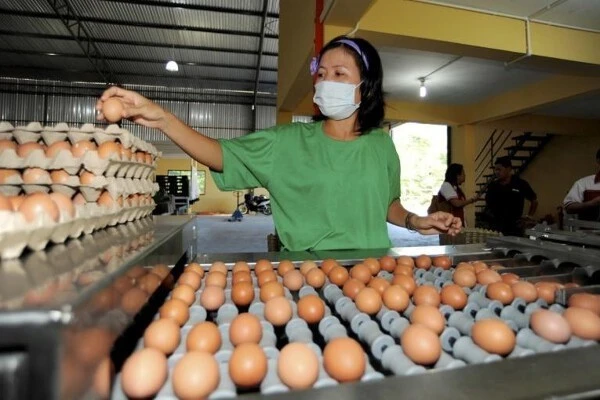
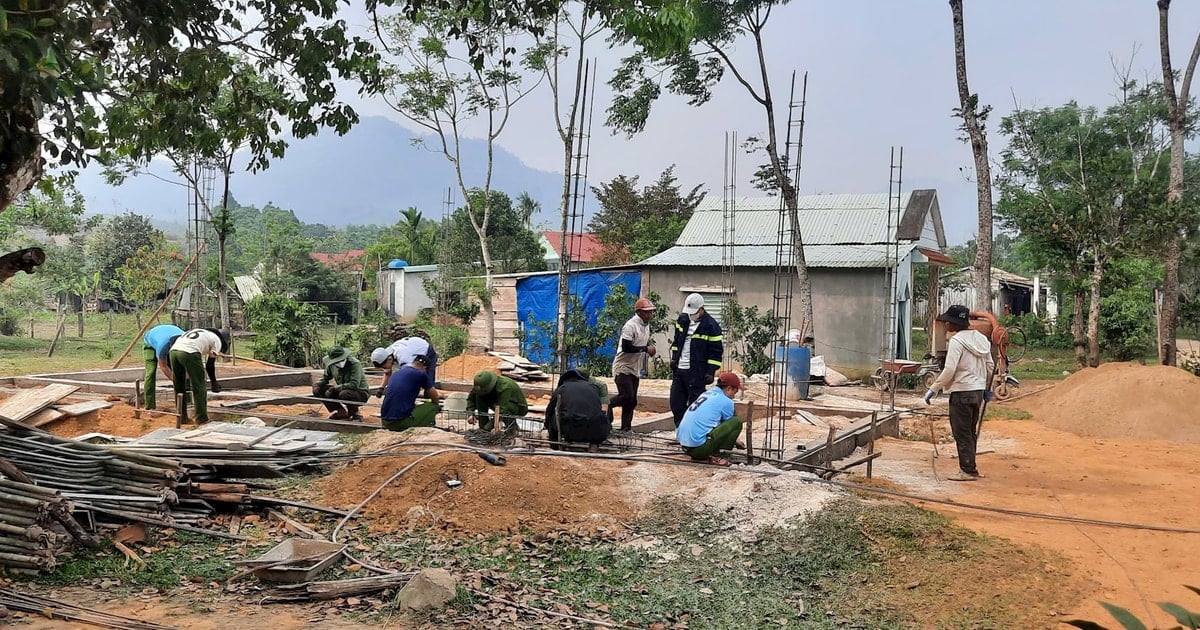

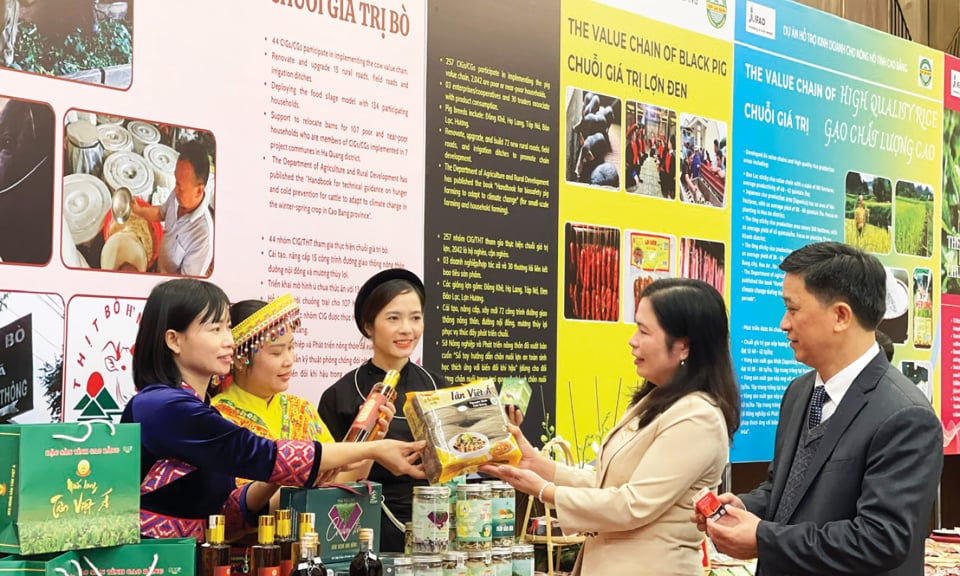






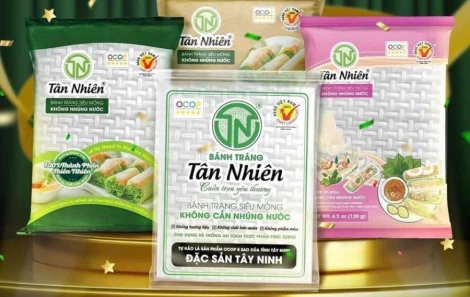





Comment (0)